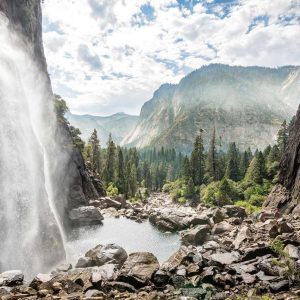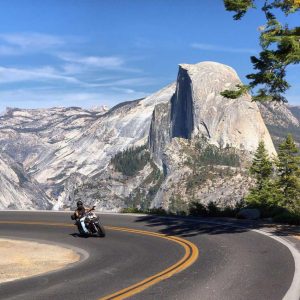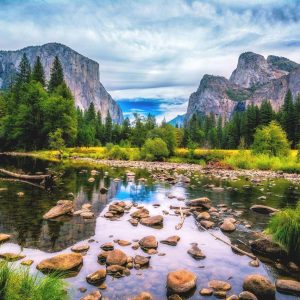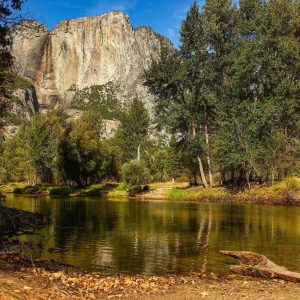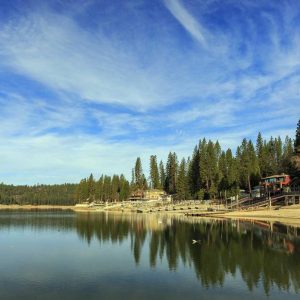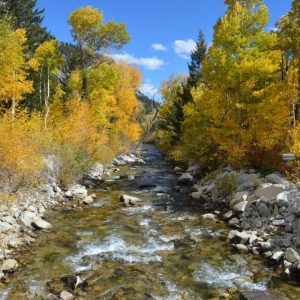Contents
Frequently Asked Questions
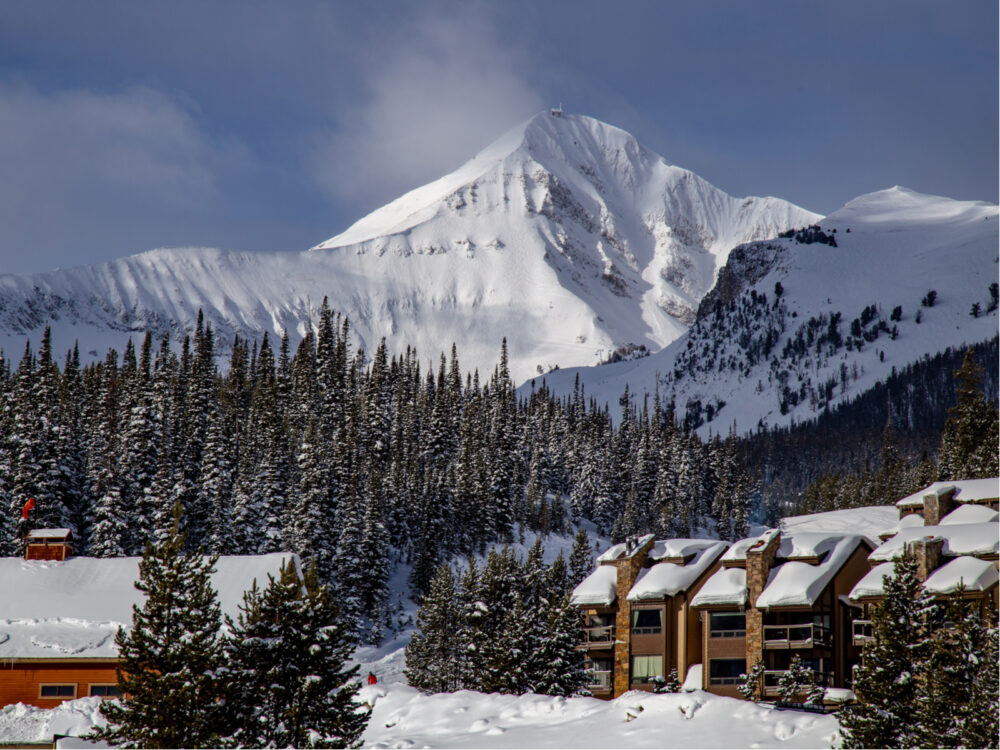
CSNafzger/Shutterstock
Here are some of the frequently asked questions people have when visiting Montana.
What is the best time of year to visit Montana?
Montana is a hotspot for outdoor recreation lovers, and because of its unique climate, they draw tourists in both the winter and summer months, depending on their preferred activities.
Montana offers visitors ample options to ski, snowboard, and participate in other snow-related outdoor activities, which brings people to the area in the winter.
December to March typically sees a tourist boom when the mountains are snowy and the resorts fill up, especially around the holidays.
However, tourists who prefer to hike, fish, and camp, usually visit Montana in the summer, especially to access Glacier and Yellowstone National Parks. The Montana tourism industry heats up again around June and stays busy until September when the weather cools again.
Can you see the Northern Lights in Montana?
While Montana may not immediately come to mind when you think of places in the world to view the Northern Lights, lucky visitors to Montana can catch a glimpse of the Aurora Borealis at the right time and place.
You’ll have the best chance of viewing the Northern Lights in undeveloped areas with little light pollution, but even then, the circumstances will have to be correct.
Consider consulting the Aurora Forecast from the University of Alaska to monitor the Aurora Borealis’ activity, and get an idea of what days you may have the best chance of seeing them.
This resource has helpful information on common questions about the Northern Lights and suggests when you may see the lights by ranking geomagnetic storms on a Kp number scale of 0-9. Kp numbers over 5 offer the best chance of seeing the Aurora Borealis.
Is Montana a safe place to visit?
Like every state, some areas of Montana experience higher crime rates than others, but the state is a relatively safe place to visit, and you shouldn’t have any issues traveling through the state so long as you follow basic safety precautions.
Safety concerns in Montana center less around crime and more around issues arising from recreational activities. You should always travel with a buddy, keep a communicating device on you, and take appropriate safety precautions when hiking, skiing, or other outdoor recreational activities.
Suppose you’re concerned about being caught in a natural disaster. You may want to do some safety preparedness for disasters such as earthquakes, forest fires, and winter storms, to which Montana can be subject.
What months does it snow in Montana?
Montana sees the majority of its snowfall from late fall to early spring. Although the amount of snow that falls varies on elevation and climate, all areas of Montana typically see snowfall from November until May.
Areas of Montana with lower elevations receive less annual snowfall, but you can expect snow to be on the ground for roughly half the year in Montana.
Does Glacier National Park close?
Glacier National Park is open at all hours, every day of the year, just like all other National Parks. However, you must pay to enter the park, even when an attendant is not on duty.
Although the park is open full time, not all park areas may be accessible at certain times during the year, based on weather and other conditions.
For example, certain parts of the park may close due to forest fires or wildlife conservation efforts, and the Going-to-the-Sun Road is only open seasonally after the snow melts.
